OPENBRAVO ADVANCED WAREHOUSE OPERATIONS PROVIDE HIGH FEATURES
The waiting is finally over and so now is the time to elaborate on what cool features will be included in v1 of AWO — and what features will come later.
Advanced Warehouse Operations (AWOAdvanced Warehouse Operations (AWO) is at the center of the new Openbravo Supply Chain Suite. It manages inventory once it is inside the warehouse and dynamically assigns bins or determines the most appropriate stock to be picked according to pre-configured set of rules or algorithms. It includes the multiple alternative Unit of Measure and Inventory Status functionalities, and it will very soon also include the Referenced Inventory functionality.

The diagram shows how the pieces of Openbravo’s supply chain strategy fit together. On the left of AWO we position the Advanced Planning, with demand forecasting, inventory planning and Pull & Push methods. Also, here you find Distribution Order functionality to the existing methods for incoming goods.
AWOOn the right of AWO we add the same Distribution Orders functionality but for outgoing goods while also here you find the Vehicle & Transport management module that helps to organize the distribution with owned vehicles. For distribution with non-owned vehicles, Openbravo has integrations with several carriers.
So, which features are still being finalized and will follow in future releases?
To answer this question, it is important to understand that the process of encapsulating a module in Openbravo consists of several additional steps, apart from the actual development:
A Reference Data Set is created, Automated tests make sure that future enhancements won’t break existing functionalities (aka regressions), there has to be technical documentation as well as functional documentation and a bunch of things more. At the time of writing, the following features will not make the cut to the first official version of Advanced Warehouse operations, but will be included in future releases:
Referenced Inventory. This functionality optionally adds a ‘reference number’ to each storage detail record and can be used in two ways:
1- as unique reference as typical in the Catch Weight functionality, where an individual item’s actual weight varies. These products would typically be sold in one unit of measure such as packages or cases though priced by weight of the products shipped.
2- as shared reference as typically used in packaging and/or roll-tainer SSCC functionality.
Wave and Batch picking. This functionality allows to create schedules for predefined selections of pickings that then can be executed in waves using the AWO Travel Sequence functionality.
Self-Replenishing warehouse. Here we are referring to intra-warehouse replenishments that order to move goods from a bulk-bin location to a picking-bin location, based on predefined minimum and maximum quantities.
Self-Organizing warehouse. This feature detects stock that is placed outside its natural area and orders the movement to its preferred stocking area, given available capacity.
Self-Auditing warehouse. This feature detects deltas in the execution of tasks and generate tasks to count or recount the specific stock.
Operator Load-Balancing. In high volume warehouses, this feature continuously monitors which operators can accept additional tasks and which operators can’t and redistributes the assignment of tasks in order to optimize the throughput in the warehouse given constrained resources.
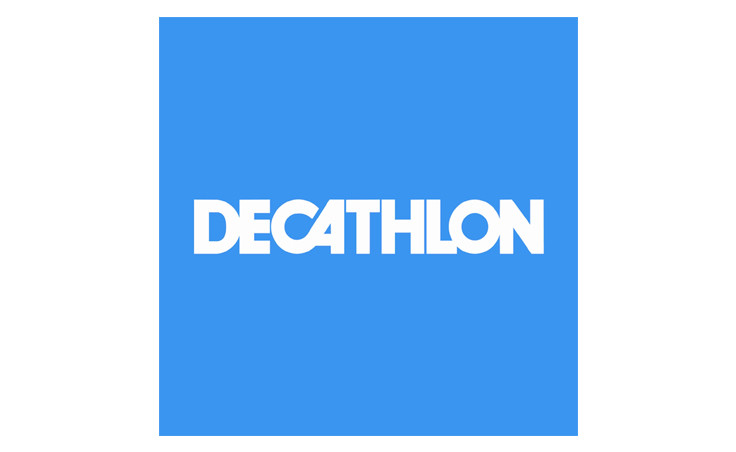
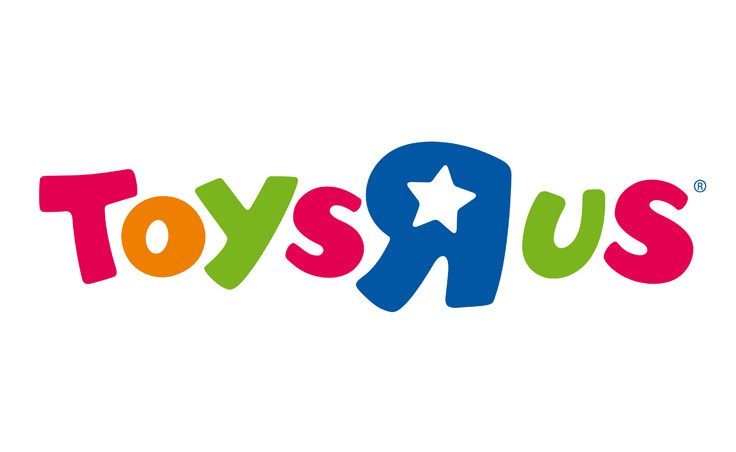
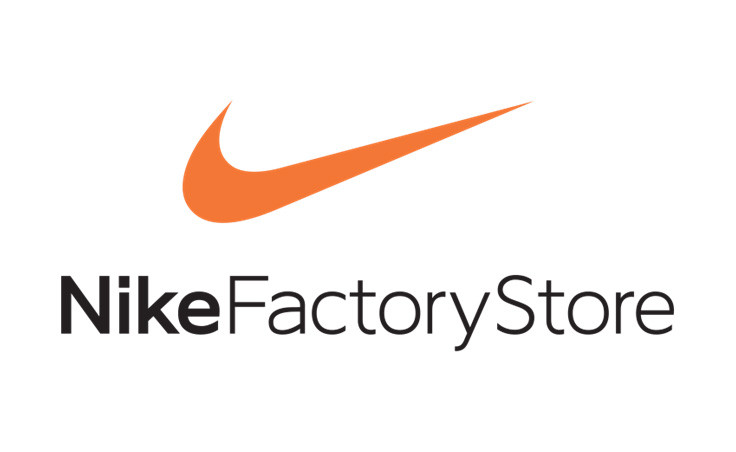

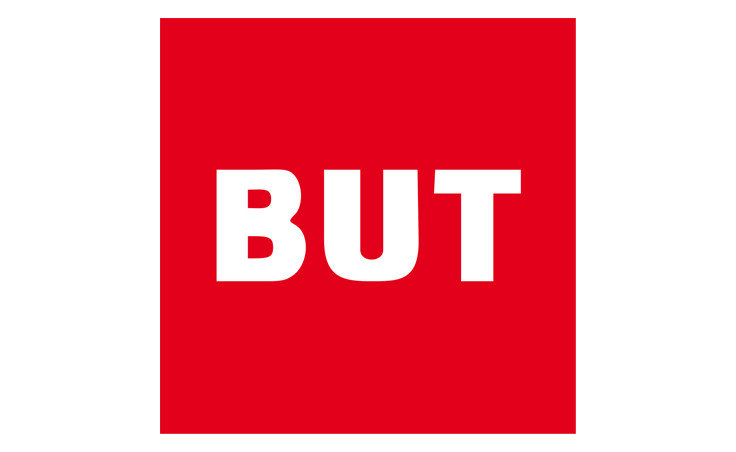

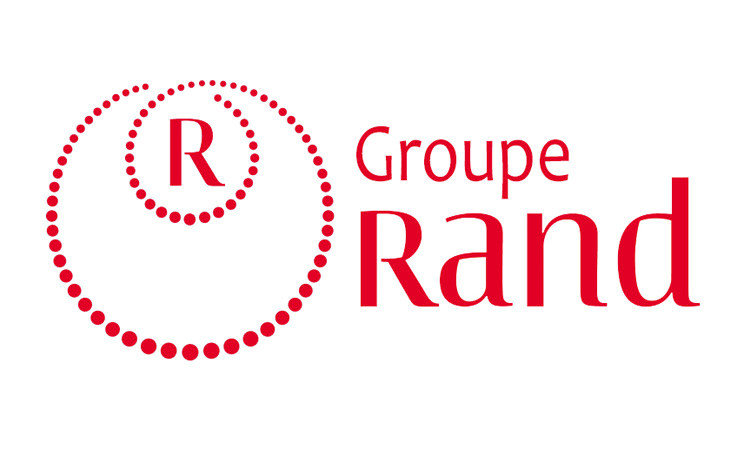
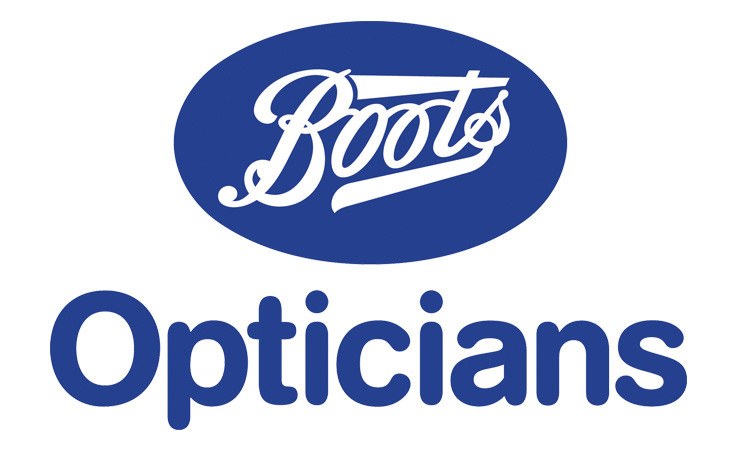
OPENBRAVO OFFERS ADVANCED WAREHOUSE OPERATIONS